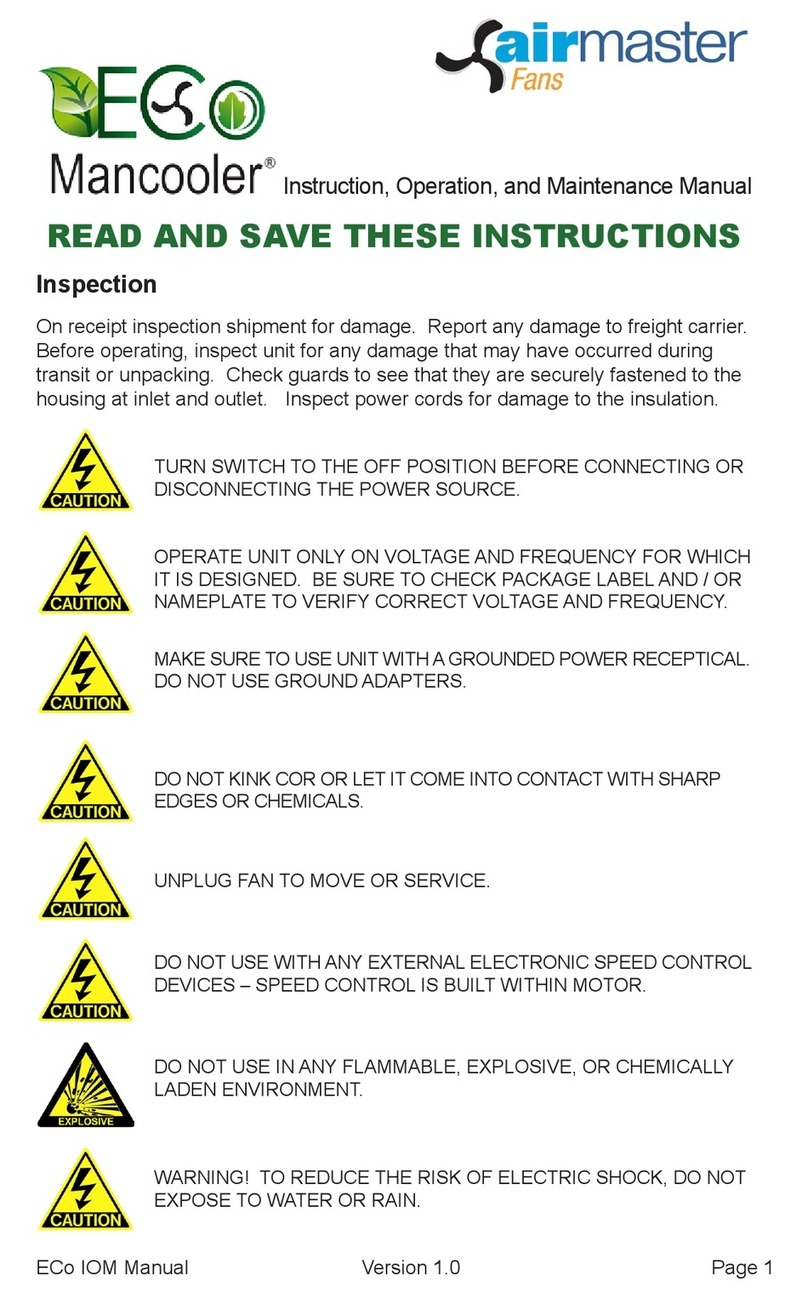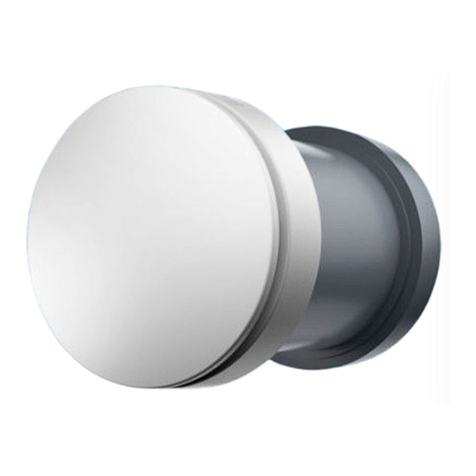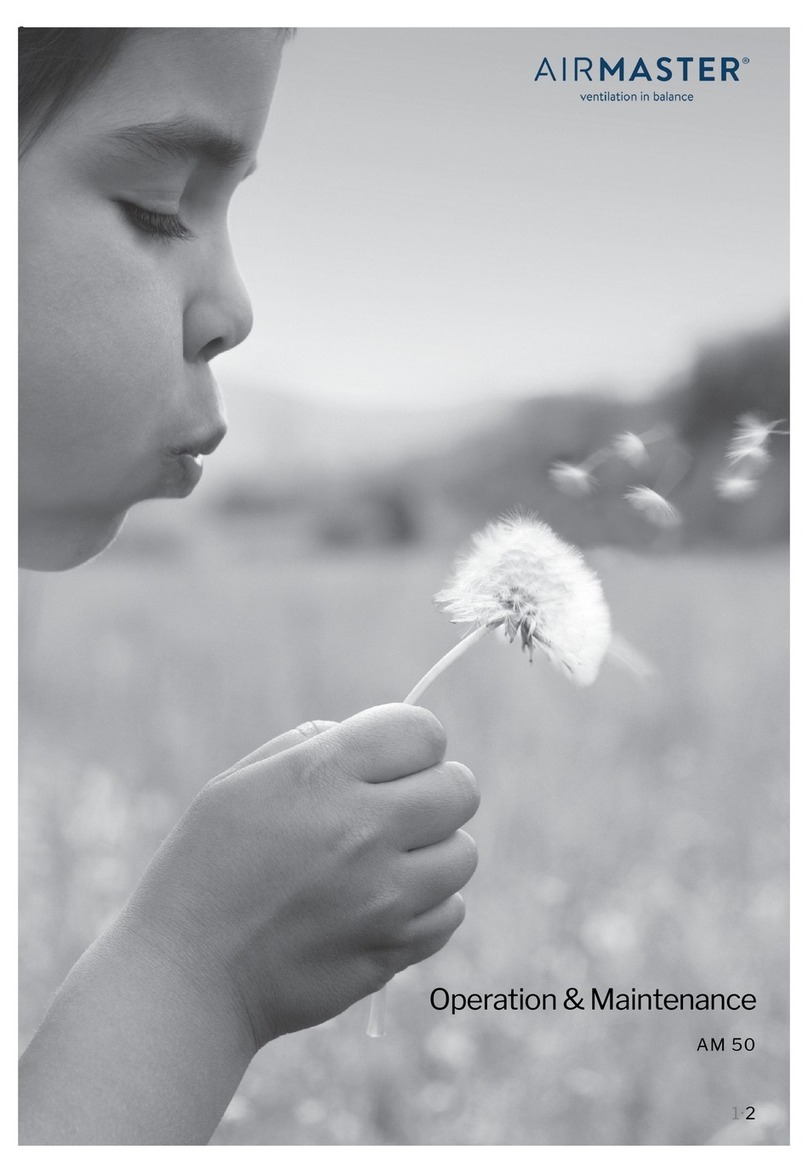
Table of Contents
1. General Information..........................................................................................................................................................................................5
2. TechnicalSpecications..................................................................................................................................................................................6
3. Installation............................................................................................................................................................................................................6
3.1. Positioning of the Air Handling Unit.............................................................................................................................................................................6
3.2. Installation of the wall-/ceiling bracket and drilling the duct doles......................................................................................................... 7
3.3. Installation of the Air Handling Unit.............................................................................................................................................................................9
3.4. Ducts and wall grilles...........................................................................................................................................................................................................14
3.5. Roof Cap......................................................................................................................................................................................................................................14
3.6. Sealing the Gaps Around Ducts ...................................................................................................................................................................................14
3.7. Fitting of Panels......................................................................................................................................................................................................................15
3.8. Mounting Check .....................................................................................................................................................................................................................15
Appendix 1 Dimension Drawings......................................................................................................................................................... 16
AM 1000 HH TT.......................................................................................................................................................................................................................................16
AM 1000 HH BB......................................................................................................................................................................................................................................17
AM 1000 HH DIDE .................................................................................................................................................................................................................................18
AM 1000 HV TB.......................................................................................................................................................................................................................................19
AM 1000 VV TT......................................................................................................................................................................................................................................20
AM 1000 VV BB ......................................................................................................................................................................................................................................21
AM 1000 VV DE...................................................................................................................................................................................................................................... 22
AM 1000 S1S2 BB.................................................................................................................................................................................................................................23
Version overview....................................................................................................................................................................................................................................24
Holes to be Drilled for Air Ducts (HV, VV))..............................................................................................................................................................................25
3

































